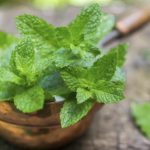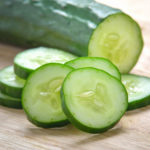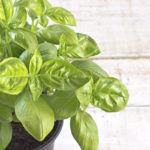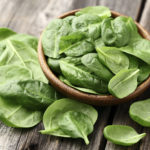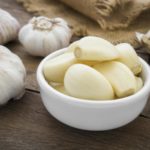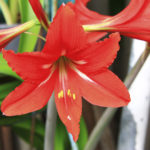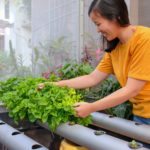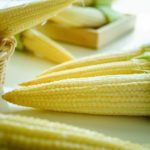What To Grow, Dr. Weil's Garden
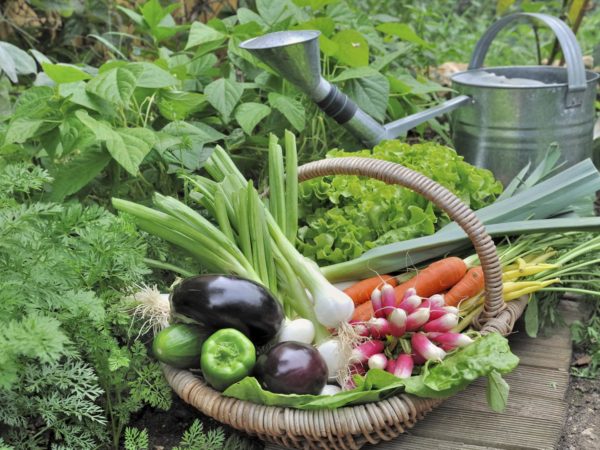
“No occupation is so delightful to me as the cultivation of the earth,” wrote Thomas Jefferson in 1811. “Such a variety of subjects, some one always coming to perfection, the failure of one thing repaired by the success of another…though an old man, I am but a young gardener.”
At 74, no one is ready to declare Dr. Weil “old” but after a lifetime of gardening he is definitely walking in the footsteps – or, more precisely, the furrows – of Jefferson. “The garden to me is still a place of constant experimentation, particularly with the varieties that I grow,” he says. Generally, he applies four criteria to his plant selection: good nutrition, agreeable taste, suitability for the site and novelty, but he readily agrees that he is still learning to follow those rules. Meeting three out of the four, he has discovered, just doesn’t cut it: “For some reason, every year I plant a lot of kohlrabi, which is nutritious, grows well and has a really interesting look, but nobody eats much of it,” he says. So next year, “we’ll scale it back.”
This 2,500 square-foot plot, which is centrally located between his home and converted-stable office in rural southeastern Arizona, provides Dr. Weil with food nearly every day he is here, and he’s not the only one. “People who work here, people who live across the way – six or seven people eat regularly out of this garden,” he says. “And one of the great joys of gardening is to share the bounty.”
So…what’s growing? This story was written near the end of the fall season (southern Arizona has two vegetable gardening seasons, spring and fall, to circumvent summer’s heat), so the harvest was upon us. This time in Arizona is roughly analagous to August in the rest of the country, so now’s the time to take heed.
First, this garden clearly shows a taste for the exotic. An indefatigable world traveler, Dr. Weil brings seeds and cuttings back home whenever he can. A typical crop, then, is a “Kyoto” variety red carrot. “Red carrots are very popular in Japan,” he says. He plucks one out of the soft soil, gives it a quick wash, takes a bite and offers another carrot to me. “The color probably means it has more anthocyanins and carotenes than paler, orange carrots.”
It is also juicy and flavorful. By comparison, typical carrots taste like pine dowels.
The doctor’s affinity for Japanese varieties also extends to leafy greens. He points to one called mitsuba, “which means three-leaf in Japanese,” he says. He pulls a sprig and holds it to his nose.. “It has an almost camphorous smell, but it tastes great in soups.” And in the next row is hoyo, a Japanese spinach “with a much better taste than American spinach. Here try it,” he says, extending a leaf. Sure enough, the taste is deep and complex, almost beefy.
The globe-trotting theme is carried on with black Italian kale, featuring dusky, billowy leaves, and red Russian kale, which sports serrated bright-green leaves on crimson stalks. Both are more colorful that typical kales – meaning, as a general rule, that they are higher in healthy phytochemicals. They are also more tender than most common domestic kales, which means cooking times can be shortened and vitamin retention improved.
But slavish devotion to exotics would preclude some basic, nutritious fare that everyone enjoys, so the garden also features standbys including Brussels sprouts, onions, cauliflower and cherry tomatoes. Dr. Weil has even been known to plant iceberg lettuce: “I think it’s gotten a bad rap because the supermarket stuff is so awful. Romaine is no doubt better nutritionally, but fresh and right out of the garden, a crisphead lettuce is something special.”
Dr. Weil emphasizes that visual appeal is not to be overlooked. He pauses to admire some Romanesco broccoli, its head in a patterned swirl, or as he refers to it, “that beautiful fractal shape.”
In fact, Dr. Weil takes beauty in the garden so seriously that he intersperses flowers and decorative plants among the edibles. Brilliant red-and-black poppies dot the property, and on the south side, a five-foot tall ornamental sage offers up lovely gray-green leaves. “That’s a salvia apiana – white sage – native to the Mohave Desert,” he says. “It has a high content of essential oils, so it’s not suitable for culinary use, but I love the look and the scent.”
The flip side: ugly vegetables don’t make the grade. “We have found that the purple variety of cauliflower looks pretty unappetizing once you cook it, so we are phasing that out,” he says. But in true Jeffersonian fashion, the failure of one cauliflower has been repaired by the success of another: “The orange kind is high in beta carotene, and it also happens to be very beautiful,” he says. “So that’s a keeper.”
And the experimentation continues.


